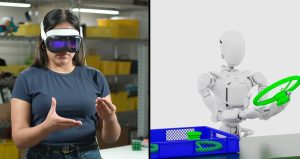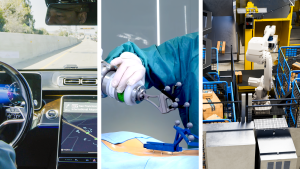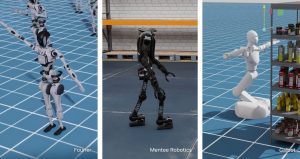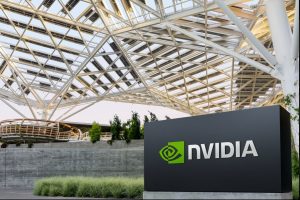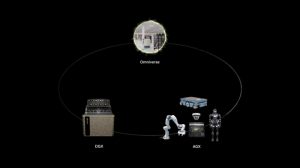SANTA CLARA — At the GPU Technology Conference (GTC) today, NVIDIA made waves in the robotics and artificial intelligence sectors with its announcement of Project GR00T, a pioneering foundation model tailored for humanoid robots. Alongside this groundbreaking revelation, the tech giant introduced a suite of enhancements to its Isaac Robotics Platform, solidifying its commitment to advancing the field of embodied AI.
Jensen Huang, NVIDIA’s CEO and founder, highlighted the significance of this development, stating, “Building foundation models for general humanoid robots is one of the most exciting problems to solve in AI today.” The culmination of extensive research and innovation, Project GR00T, or Generalist Robot 00 Technology, promises to equip robots with the ability to comprehend natural language and mimic human movements through observation, facilitating seamless interaction with the physical world.
Central to the implementation of Project GR00T is the unveiling of the Jetson Thor computer, a cutting-edge computing platform purpose-built for humanoid robots. Powered by the NVIDIA Thor system-on-a-chip (SoC), Jetson Thor boasts a modular architecture optimized for performance, power efficiency, and compactness. With an impressive 800 teraflops of AI performance and integrated functional safety features, Jetson Thor sets a new standard for the capabilities and adaptability of robot computing systems.
NVIDIA’s commitment to fostering innovation in robotics extends beyond Project GR00T, with major upgrades to the Isaac Robotics Platform. These enhancements include generative AI foundation models and sophisticated tools for simulation and AI workflow infrastructure. Among the notable additions are Isaac Lab, a GPU-accelerated application tailored for robot learning, and OSMO, a compute orchestration service facilitating seamless collaboration across distributed environments.
Moreover, NVIDIA introduced Isaac Manipulator and Isaac Perceptor, augmenting the platform with state-of-the-art dexterity and perception capabilities essential for robotic arms and autonomous mobile robots, respectively. These advancements promise to revolutionize industries ranging from manufacturing to logistics by enhancing efficiency, safety, and autonomy.
Industry leaders such as Agility Robotics and Sanctuary AI have already expressed enthusiasm for the transformative potential of NVIDIA’s innovations. Jonathan Hurst, Chief Robot Officer at Agility Robotics, emphasized the role of AI in shaping the future of labor, while Geordie Rose, CEO of Sanctuary AI, underscored the importance of collaboration in driving technological progress.
With these groundbreaking developments, NVIDIA reaffirms its position at the forefront of robotics and AI research, paving the way for a future where humanoid robots seamlessly integrate into everyday life.



